SEO Lead Generation Services vs. Paid Ads: What’s Best?
Picture this: you’re standing at a crossroads, trying to decide the best path to take in your marketing journey.
I know what I am looking for, and would like to chat.
A team of data-driven marketers obsessed with generating revenue for our clients.
Because the proof is in the pudding.
At Campaign Creators we live by three principles: Autonomy, Mastery, Purpose.
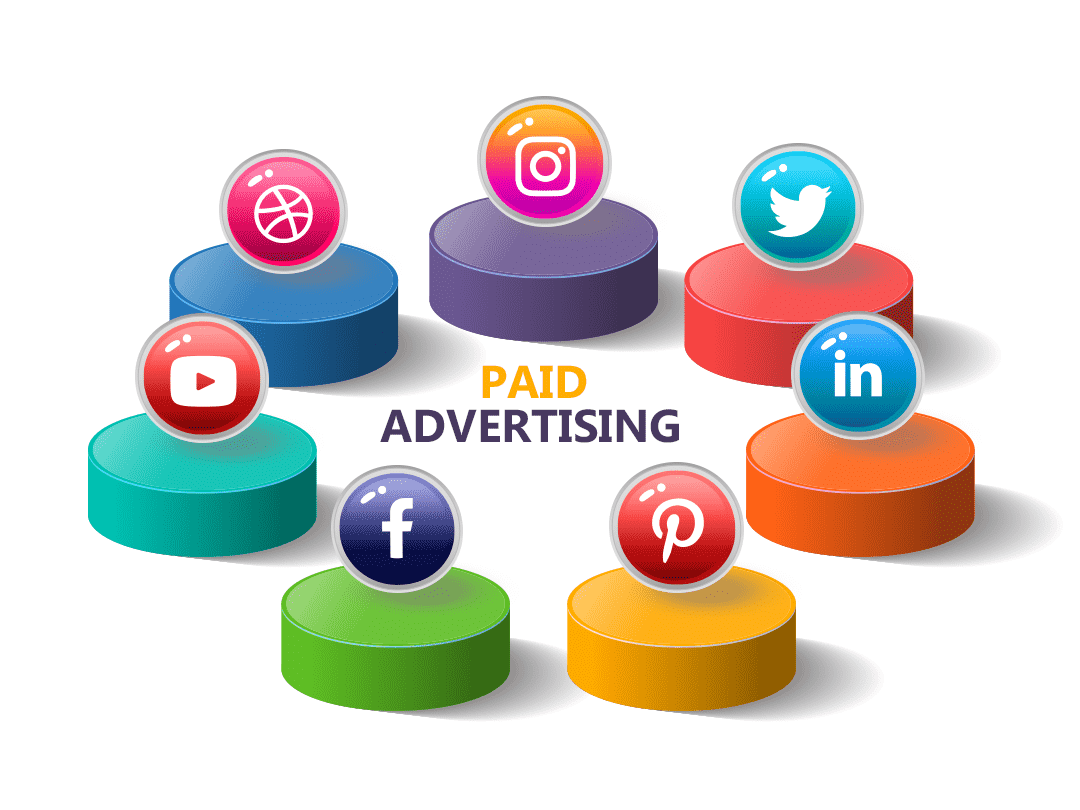
You’ve got a great product. You’ve optimized your landing pages. You’re getting great visibility from your SEO tactics. But your traffic numbers are still below what you anticipated; something’s missing from your eCommerce marketing strategy.
There’s no silver bullet for a perfect marketing mix, but you can make sure your financial efforts are best strategized with an invaluable marketing tool: Paid advertising. SEO and site design are integral parts of a strategy, but it’s just as important to meet customers where they are online, and where you can effectively position yourself in their daily online experience.
Paid ads and eCommerce paid advertising aren’t the same, though. Paid ads in general can focus on everything from building brand awareness to changing attitudes, while eCommerce paid advertising should be more focused on conversions and click-throughs.
As you might have guessed, eCommerce advertising isn’t a casual venture, it takes research and the right combination of format and channel to genuinely affect your business. With the perfect pairing, you can strengthen your brand awareness and build your bottom line.
1. Are paid ads worth it over organic search?
2. What types of pay-per-click advertising are available?
3. How much do paid ads typically cost?
4. Measuring Ad Effectiveness
Paid advertising is fundamentally different from organic search because you’ll have much greater control over how things are placed and how they interact over time with your target audience. Marketers now have tools to help them properly customize format, channel and aesthetics to push their branding to the next level. However, they require research to make sure they’re reaching your audience in the right settings. Otherwise, your advertising efforts could become a money pit. Like in any campaign, balancing reach and frequency is key.
Knowing how and where to reach your audience is the first step to effective eCommerce paid ads. Here are some boxes to check before you start buying up online ad space, including knowing your territory and having your tracking ready. These can help you hone in on a strategy for your brand. Tracking is an especially invaluable tool for correcting your course over time and making long term campaigns as conversion-oriented as they can be. Research doesn’t stop when the ads hit the page!
Of course, you want to make sure your campaigns are positively impacting your bottom line. It’s important to have the tools in your belt to make sure your bottom-of-the-funnel efforts are increasing your ROI.
There are tons of options when it comes to PPC advertising. Let’s break down how the different opportunities compare to each other.

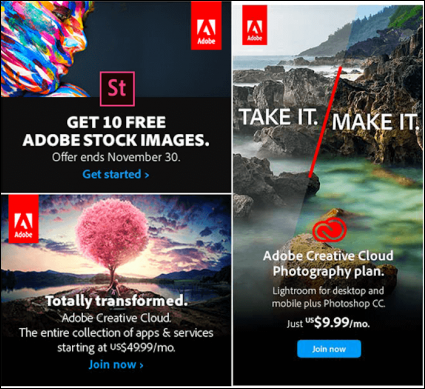
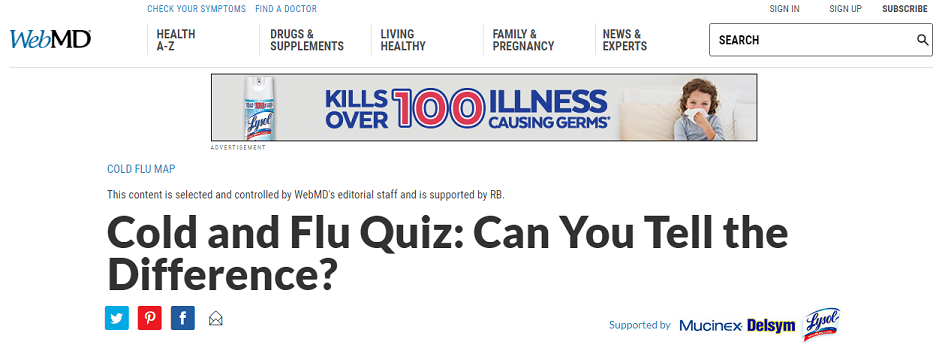
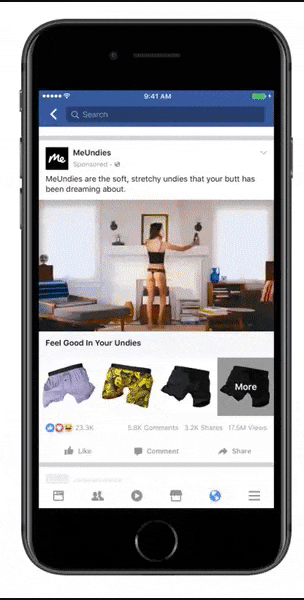
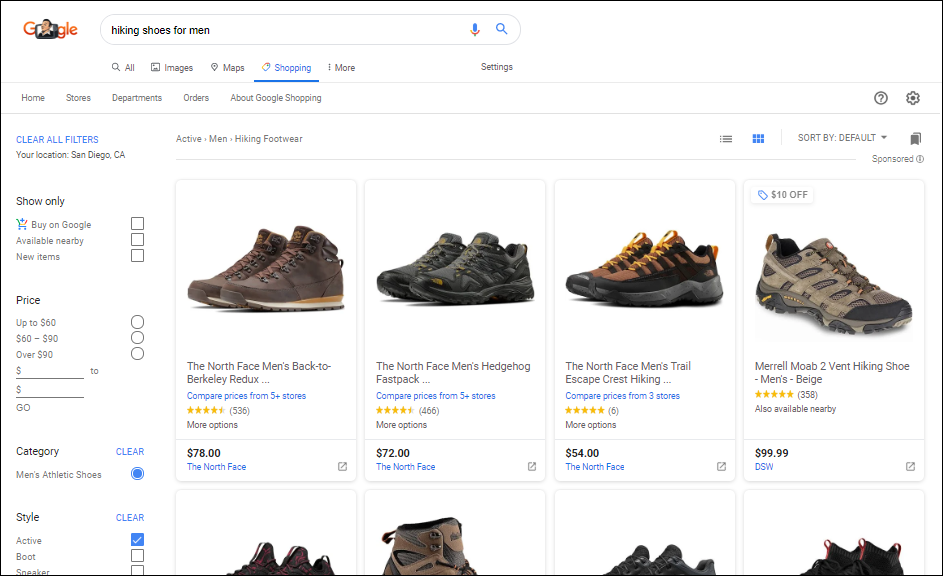

All of these formats have the potential to reach prospects and boost conversion, but they’re specialized in what they accomplish. Take the time to work out how each can drive conversion and plan your campaigns around which pairs best with your product and goals.
Now that we’ve covered some of the ways you can reach prospects, let’s talk numbers. With the multitude of options it’s important to parse out a highly specific strategy to maximize your ROI. You can spend money broadly across channels, but it won’t be as impactful on your bottom line than targeting a few audiences with more tailored tactics might. When you bid on highly competitive (popular) keywords, your CPC will be much higher because of the demand. By crafting refined long-tail keywords—ones with more words that are specific to your product—you can dodge unnecessary costs.
Google breaks its advertising offerings into two categories: search ads and display ads. Search ads are where your CPC factors in, since you will be competing against other businesses when leads proactively enter a query. The average CPC on Google search ads is $2.32, according to WordStream. Display ads have a lower CTR (click-through rate) because they’ll appear more organically, without the lead specifically searching for it. But as discussed before, display ads can be combined with strategies like remarketing to boost their effectiveness. Keep in mind that all these costs vary by industry as well as by product.
Facebook gives you lots of control over your strategy. You can pay by CPC, but also cost-per-thousand-impressions (CPM), cost-per-like (CPL) and cost-per-action (CPA). All of these are under a bidding system like other channels, but you can select whether you want Facebook to automatically select a strategy within your budget or leave all the selections to your business. You can see some specific costs of Facebook ads here.
For a younger audience, consider eCommerce advertising on Instagram. Instagram users also show much higher brand engagement than users of other social media platforms. This has resulted in rising costs, usually CPM, in recent years. Since Instagram is owned by Facebook, the ad pricing mechanism is similar.
If your team is equipped to create quality video content, then internet-video behemoth YouTube might be your best platform. YouTube includes a metric a bit different from other platforms because it’s video: CPV, or cost-per-view. This clocks when a lead either finishes watching your ad, or gets to the 30 second mark. Bids for this are around $0.10 to $0.30 according to Influencer Marketing Hub. YouTube ads are a great way to show your product in action, or with a testimonial.
Picking channels is a vital step in developing an effective campaign, so do the research into where your audience is and how you can allocate your bids to target leads effectively, and hopefully convert.
After settling on formats and channels, then strategizing your bidding for keywords and placement, it’s time to start the process of evaluating your campaign. Measuring how well your ads are pulling leads to your landing pages and converting them can help pinpoint weaknesses in your tactics. Evaluating how your campaign resonates with your leads and the market is a good indicator of whether your message is working. There’s no better feedback than the kind real consumers can give you.
It’s also worth keeping in mind your branding when rolling out new campaigns. If your new ads are in a completely different voice or tone, leads may be confused about your identity or direction. Qualitative research can help gauge leads’ attitudes and opinions about your new strategies and keep your brand consistent.
While good research can get you great results, sometimes efforts fall short. But, there are almost always remedies.
Good old fashioned sales techniques like offering discounts, rewarding loyalty, remarketing special offers and more can help generate short term demand. You can also switch up which channels you’re present on or run trials on new platforms to test the waters.
Combining these short term tactics with a solid long-term eCommerce online advertising strategy can increase quality exposure with leads, build your online presence and convert customers.
But remember, online advertising is just the beginning for your eCommerce marketing strategy. Download our ECommerce Marketing Intro to Lead Gen Guide to learn more!
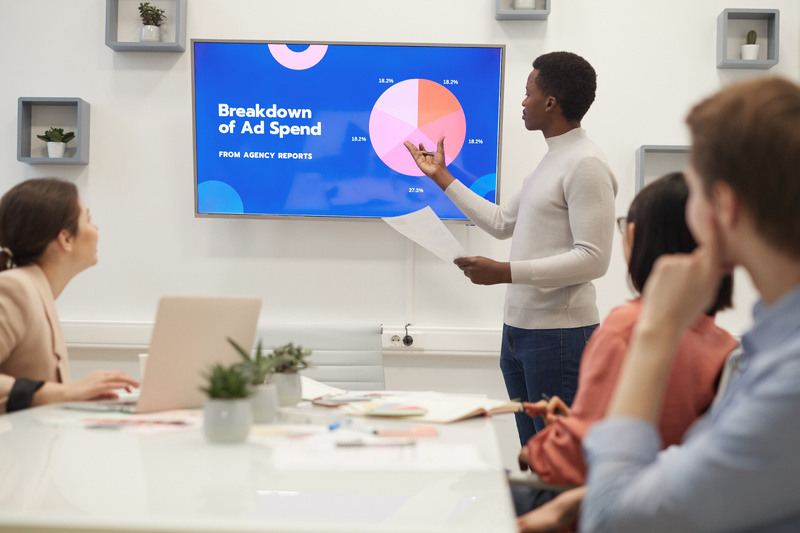
Picture this: you’re standing at a crossroads, trying to decide the best path to take in your marketing journey.

For any eCommerce merchant today, social media marketing is one of the most important channels for business growth and a critical aspect of eCommerce...
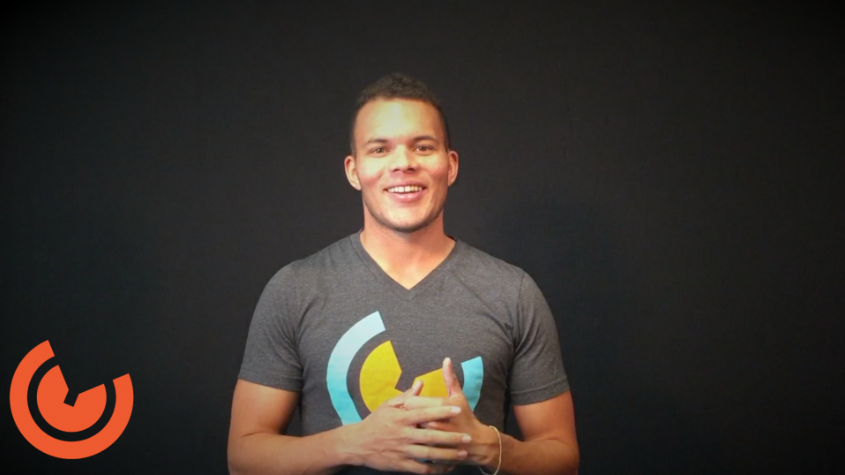
Hi guys, welcome to Episode 3 of Nick’s Ad Chat where we are discussing all things PPC.